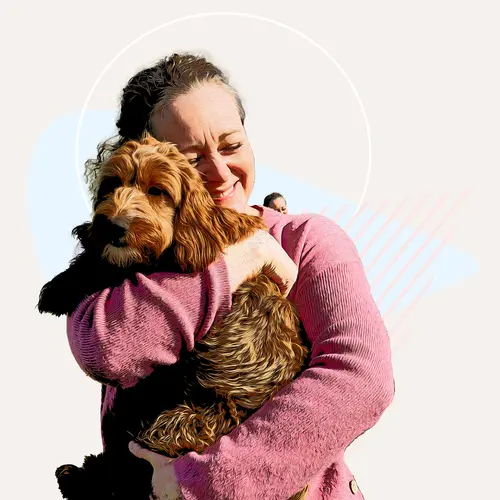What Are Aflatoxins?
Aflatoxins are poisonous substances made by a mold called Aspergillus flavus. This mold can grow on pet food ingredients like peanuts, corn, and other grains. If aflatoxin levels build up enough in your pet’s body, they can cause illness (aflatoxicosis), liver damage, problems with blood clotting, and sometimes even death. The toxins may be there even if you can’t see any mold on the pet food.
What Causes Aflatoxins in Pet Food?
The mold (Aspergillus flavus) that causes the toxin tends to grow where plant tissue is damaged. This could be the result of physical damage from weather or insects. Stress from a dry growing season might also be to blame. Aflatoxins are most common in calorie-dense grains like corn, peanuts, rice, and wheat that are often included in pet foods.
How Much Aflatoxin Can Cause Poisoning?
Aflatoxins typically need to build up to a certain level before your pet shows signs of illness. That usually means a number of meals from the same or different bags of contaminated food. Dogs are especially likely to be affected by aflatoxin and tiny doses can be fatal. But this could vary depending on the size of the animal and the levels of aflatoxin in the food.
Even low concentrations can be bad for your pet. The FDA considers pet foods that have 20 parts per billion (ppb) to be contaminated. In 2021, recalled pet food was tested at more than 500 ppb.
What Are Signs of Aflatoxicosis in Dogs?
You may notice:
- Loss of appetite
- Sluggishness
- Yellowness in eyes, skin, or gums (jaundice)
- Diarrhea
- Unusual bruising or bleeding
Unfortunately, pets may continue to eat contaminated food without showing any outward signs of illness. This could lead to liver damage and even sudden death.
How Do Veterinarians Diagnose Aflatoxicosis?
Only your vet can tell you for sure if your pet has aflatoxicosis. They’ll ask about your pet’s eating habits and any signs you have noticed. This illness often affects the liver, so they might run some tests to check your pet’s liver health.
Because the symptoms of aflatoxin poisoning could point to so many illnesses, the vet might also want to send a sample of your pet’s food to be tested in a lab.
How Do You Treat Aflatoxicosis?
The main treatment is to stop the source of the aflatoxins -- typically your current pet food -- and try to prevent further exposure. Your vet may also try to manage some of your pet’s symptoms and minimize damage with medications that address blood or biochemical imbalances.
Can Humans Get Aflatoxicosis?
Yes. But it’s much less common. That’s because we eat a variety of things from different sources. That makes it less likely for aflatoxins to build up.
Pets, on the other hand, tend to get the same food -- often from the same maker -- meal after meal. If that food has high levels of aflatoxins, they’re going to build up much more quickly in your pet’s system.
There’s no evidence you can get aflatoxicosis from your pet or from handling its food, though it’s still a good idea to wash your hands after you handle food or toys.
How Can I Find Out if My Pet Food Has Aflatoxins?
One way is to check the FDA’s Recalls, Market Withdrawals, & Safety Alerts page. Type “aflatoxin” or “pet food” in the search window to get the most recent information.
Talk to your veterinarian if you suspect you’re using a contaminated brand or your pet has symptoms. You may want to switch food brands if you’re really concerned. It’s a good idea to take a picture of the label, with the lot number and the “sell by'' date.
If you and your vet suspect illness due to pet food aflatoxin, you can report it online at the FDA’s Safety Reporting Portal or you can call your state’s FDA Consumer Complaint Coordinator in your state. The information may keep other pets from getting sick.

